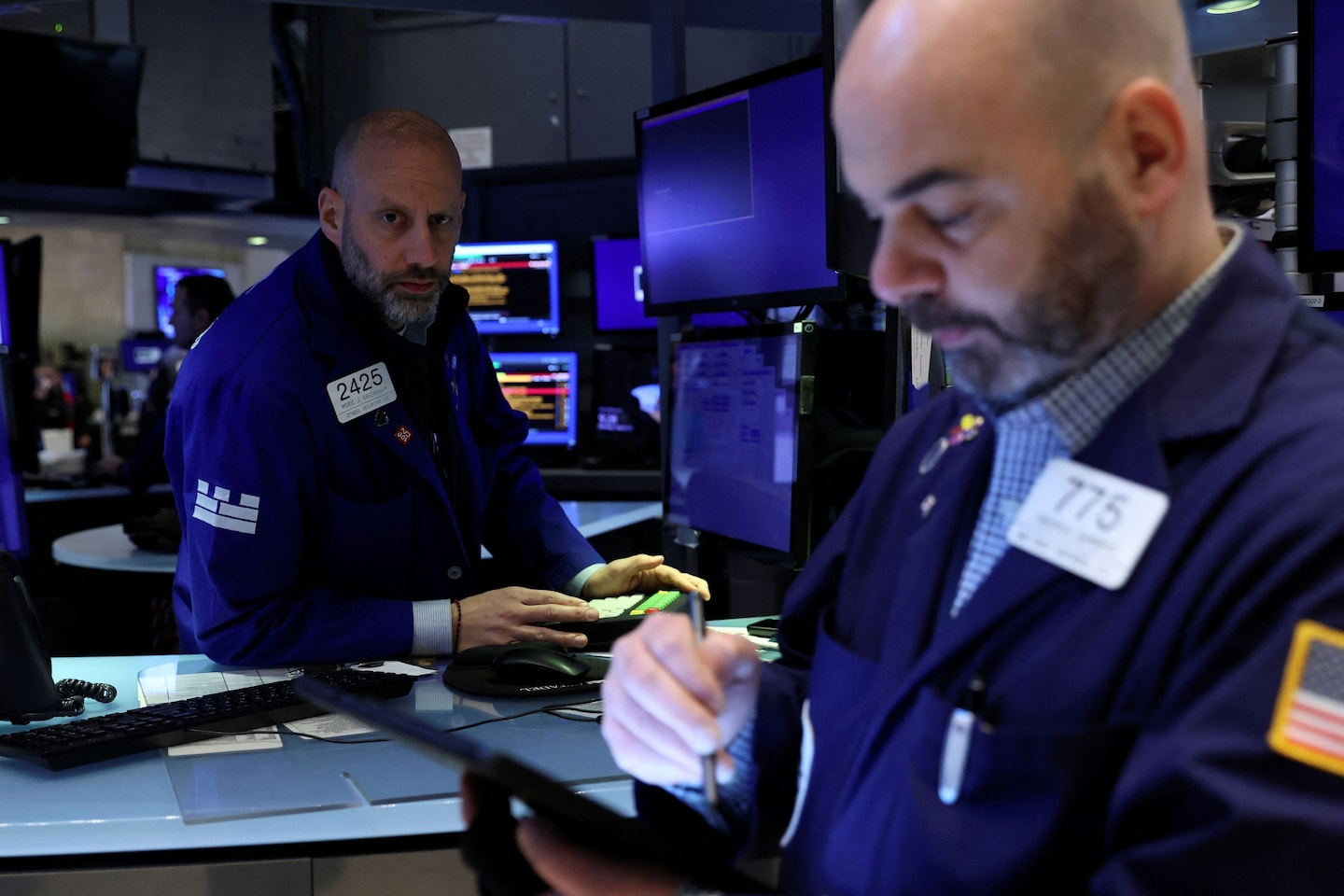Oil surges above $116 a barrel, stocks fall as Ukraine remains a focus

Last week, all three indexes notched their best weekly performance since November 2020, boosted by a cool-down in oil prices that had spiked past $130 a barrel in early March. But prices have swelled as Russian bombardments in Ukraine have intensified and a resolution has seemed to remain out of reach. An attack on Saudi oil facilities over the weekend injected further uncertainty into energy markets.
Additional pressure came as the European Union weighed whether to ban Russian oil, a move that would strike a direct blow to Russia’s main financial artery — oil sales account for 40 percent of the Russian government’s budget, according to Russia’s Finance Ministry — while also cutting the bloc off from its biggest energy supplier.
Brent crude, the international oil benchmark, was trading 7.7 percent higher Monday, above $116 per barrel. West Texas Intermediate crude, the U.S. oil benchmark, was trading up 7 percent, just above $112 per barrel.
Meanwhile, Moscow’s MOEX exchange partially opened for the first time in three weeks, after equities endured the most brutal sell-off in market history in the swift economic backlash from the invasion of Ukraine.
The Bank of Russia said Monday that federal loan bonds would resume trading, days after the government made a $117 million interest payment to foreign bondholders, averting what would have been its first foreign debt default since 1918. Other trading remains suspended as the government seeks to shield stocks from the pain that Russian-listed companies outside the country have felt in recent weeks amid the cavalcade of sanctions.
“After three weeks of inactivity, investors will welcome the reopening of Russian exchanges simply to provide some incremental transparency on where securities are actually being priced today,” said Wayne Wicker, chief investment officer at MissionSquare Retirement. “While these exchanges have been closed, investors who held positions in Russia have been forced to rely on fair-value estimates without the benefit of actual transactions for those securities traded exclusively on the Moscow exchange.”
President Biden is heading to Europe for urgent meetings with NATO and its allies this week as the war approaches the one-month mark. Volatility has raged in global markets throughout the conflict. Investors have been glued to headlines out of Ukraine because Russia, which is one of the world’s biggest energy producers, has the potential to wreak havoc in energy markets that could create dangerous inflation. Even before the invasion, inflation had surged to its highest level since the 1980s.
Companies and households have been confronting cost increases at just about every step of the supply chain and on every shelf in the supermarket. Rents have surged, as have prices for used and new cars. The U.S. average for a gallon of gas was $4.25 on Monday, according to data from AAA. That’s down a few cents from recent highs but still 72 cents higher than a month ago.
Last week, the Fed announced its first interest rate increase since 2018 and set the stage for several more increases. The widely telegraphed move also helped lift markets as investors took assurance that the central bank was moving aggressively to rein in inflation, spurring some movement back into riskier stocks.
But now, traders may be taking “a more defensive stance,” said Chris Larkin, managing director at Morgan Stanley’s E-Trade.
“With the Fed’s announcement in the rearview and a fairly light economic calendar this week, the Ukraine conflict may swing back as the market driver in the days ahead,” Larkin said.
“We will take the necessary steps to ensure a return to price stability,” he said. “In particular, if we conclude that it is appropriate to move more aggressively by raising the federal funds rate by more than 25 basis points at a meeting or meetings, we will do so. And if we determine that we need to tighten beyond common measures of neutral and into a more restrictive stance, we will do that as well.”
Still, Wall Street’s strong stock performance last week was proof of the markets’ underlying confidence and hunger for good news, despite the many head winds, from the pandemic to the supply chain crunch to the fallout from the war, said Ivan Feinseth, chief investment officer at Tigress Financial Partners.
“There continues to be a strong bullish narrative,” Feinseth said Monday, noting that there has not been “a significant recalibration of corporate outlooks, even as analysts have ratcheted down 2022 estimates and stock price targets.”






